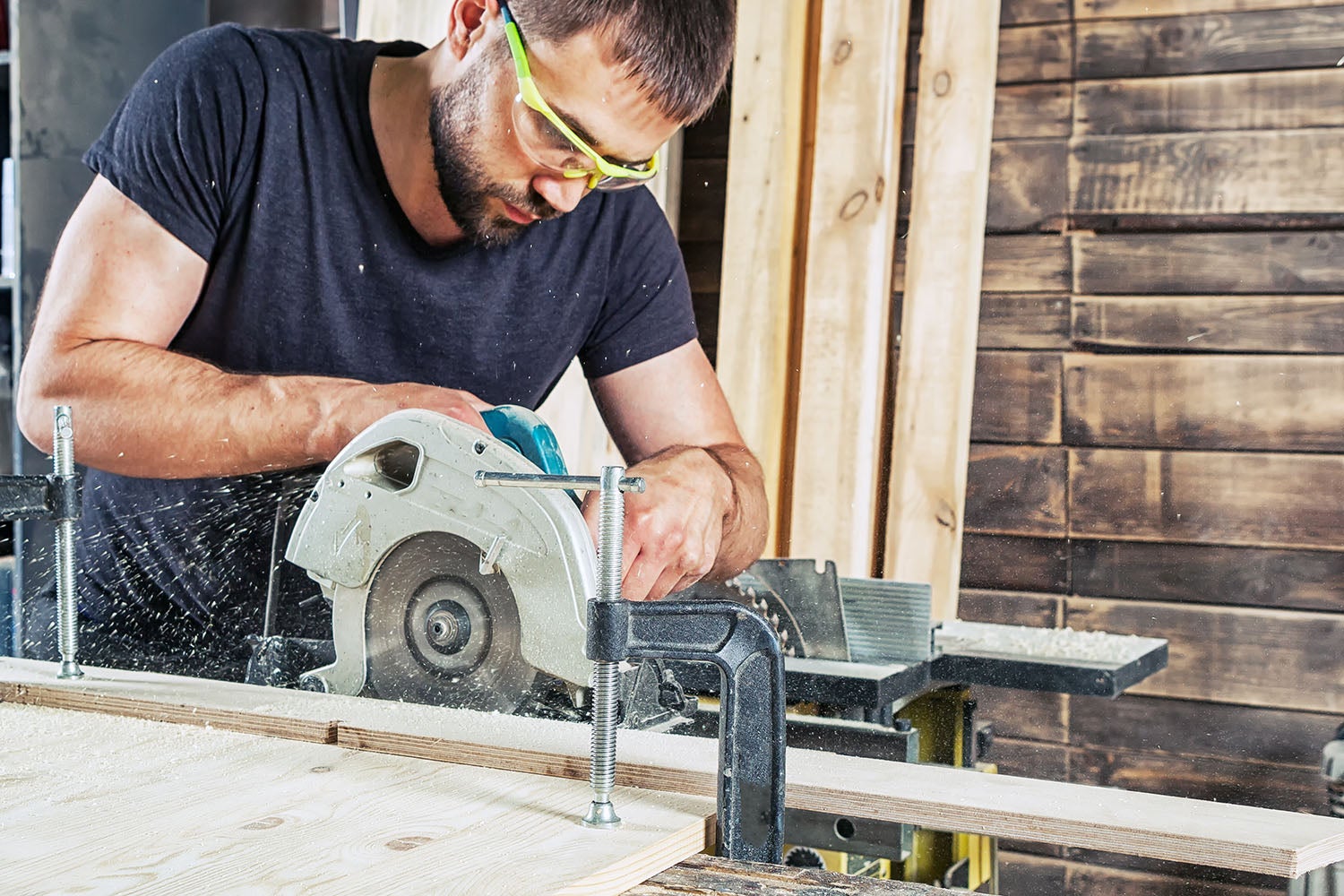For the man who likes tools, one saw does not fit all. In order to stake a claim to a complete collection of tools for every occasion, the Tool Man, or Tool Woman, has to be equipped with a variety of saws for all kinds of chores and projects. From the biggest of slices to the most intricate of cuts, for those in hard to reach places to more delicate of trimmings, there is a saw for all your needs. Here’s ten of the essential saws every do-it-yourself-er and aspiring tool aficionado should own and have at the ready.
Handsaw
The traditional and essential saw for everyone, maybe even their ‘first,’ the handsaw is simple, muscle-powered, and effective. It’ll be a rough cut, but it’s great for ripping wood and it’s worth the effort. It may not be the most used tool, but there is undoubtedly something special about something analog and venerable.
Hacksaw
Similarly powered by your own muscle, the hacksaw is a C-shaped tool that has interchangeable blades, allowing for different teeth density to cut different materials. Primarily used for metal or plastic, the hacksaw is another example of simple and effective essential tool.
Coping Saw
Lighter and slightly smaller than the hacksaw, the coping saw triumphs because of its smaller, more adaptable qualities. It’s a tool often used by the professionals, and particular among craftsman, in part because of the level of detail it can achieve. It’s used for back-bevelling, trimming, and cutting tight radiuses – the blade can also be detached, and thread throw holes to cut from within.
Japanese saw
Small and efficient, the Japanese saw has a small hand grip on one end, and a double-sided blade on the other. One side of the blade has crosscut teeth and the other rip teeth. Start cutting with the former, and switch to the latter. There are among the smallest saws, which means they can easily get into tight places and can be wielded with great control.
Jigsaw
We know move on to the power saws. Ideal for cutting large pieces of wood, the jigsaw is a versatile and among the safest tool to use. Depending on the type, it may be tough to cut straight lines – though the skill of the user may be a better determinant in that case – but the jigsaw is great for circular cuts, plunge cuts, bevel cuts, and much more. It works well cutting plastics and metals too. Don’t let the fact that a movie franchise found success naming a serial killer after this – the jigsaw is your friend!
Chainsaws
Speaking of movie monsters (or heroes, depending on your films), the chainsaw is a classic tool of choice for big projects, and another DIY must have. Mostly for trees and other bits of nature that encroach on your home, the chainsaw sports uniquely designed teeth that rotate around a guide bar. They come in a variety of sizes and lengths depending on the purpose. It should be noted though that chainsaws are among the most dangerous saws if not properly understood and prepared for – watch that kickback.
Pole Saw
The pole saw is a fun cutting hybrid, essentially combining a chainsaw with a long pole. Obviously, his is for getting to hard to reach places outside, usually up on tree limbs. Pole saws can be gas or electric powered, but you need to be careful with both when using, not just for safety but for effectively making cuts. These are must-haves for the master gardener.
Circular Saw
The saw is circular, but this one offers the best of linear cuts because of its stability. Different blades are made specifically for the type of material being cut, from lumber to metal to concrete, and sizes vary as well. However, it’s the most popular power saw because of its versatility and effectiveness, and as a result, the most accessible. Although if you’re left-handed, you may want to look at a circular saw specifically tailored to you.
Miter Saws
From the big and intense, to the small and careful, the miter saw offers precision cutting on a stationary piece of equipment. Miter saws are best for corners, trimming, and molding. A simple one is great when you need exact measurement cuts; a compound miter saw can tilt on an axis to make slanted cuts. You can go even higher end for a miter saw that has a laser guide! Its also a breeze to get equipment for your miter saw.
Band Saw
The band saw can be stationary or portable, but they both operate on the same principle with a continuous band cutting through the material. The stationary band saw is a big piece of machinery and allows for larger items to be cut – but the portable version can frequently come in handy. They both are ideal for intricate cuts but can allow for drift if you’re not careful. And both can’t cut to too great a depth because of the way they are constructed. As an added bonus, compared to other powered saws, the band saw doesn’t run that loud.

















